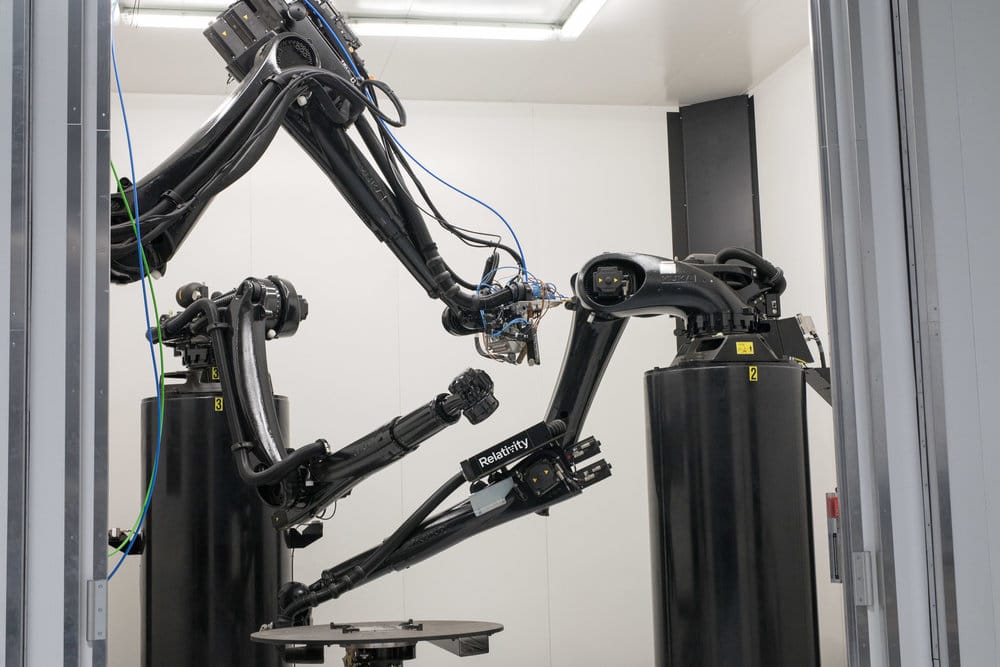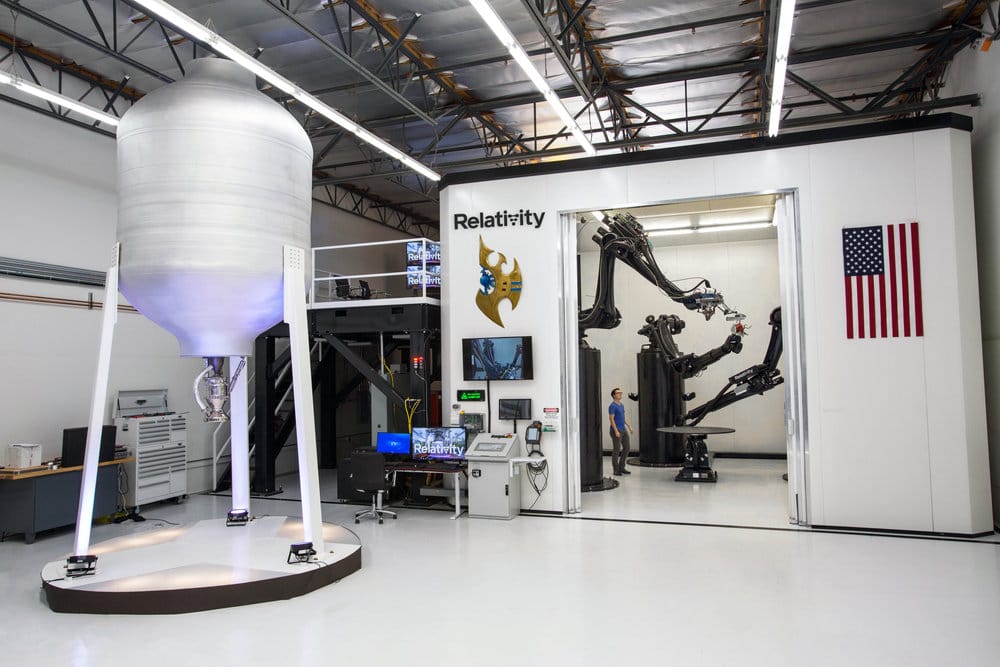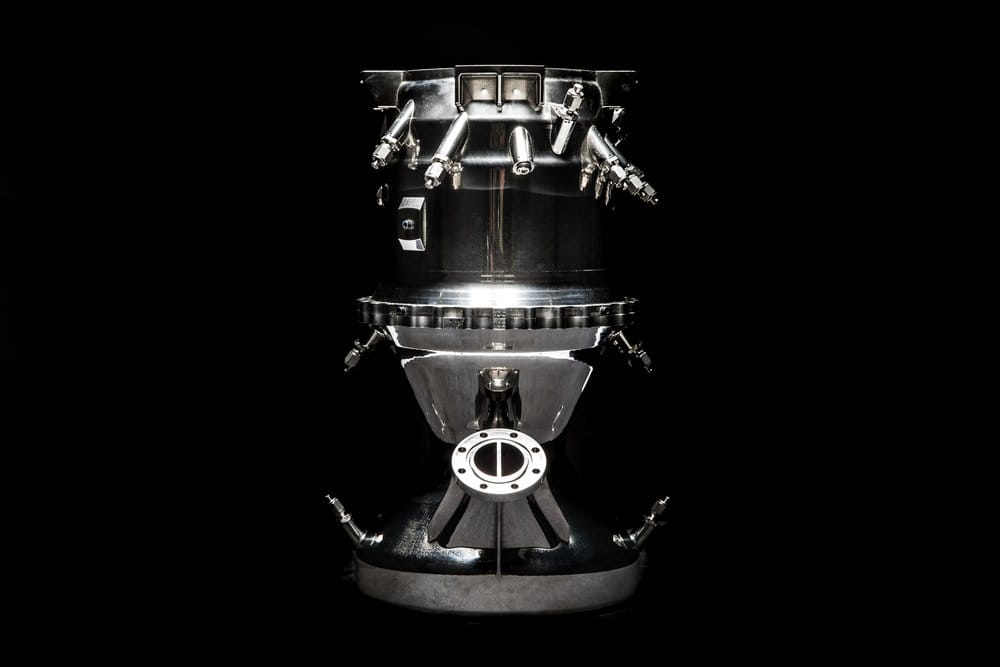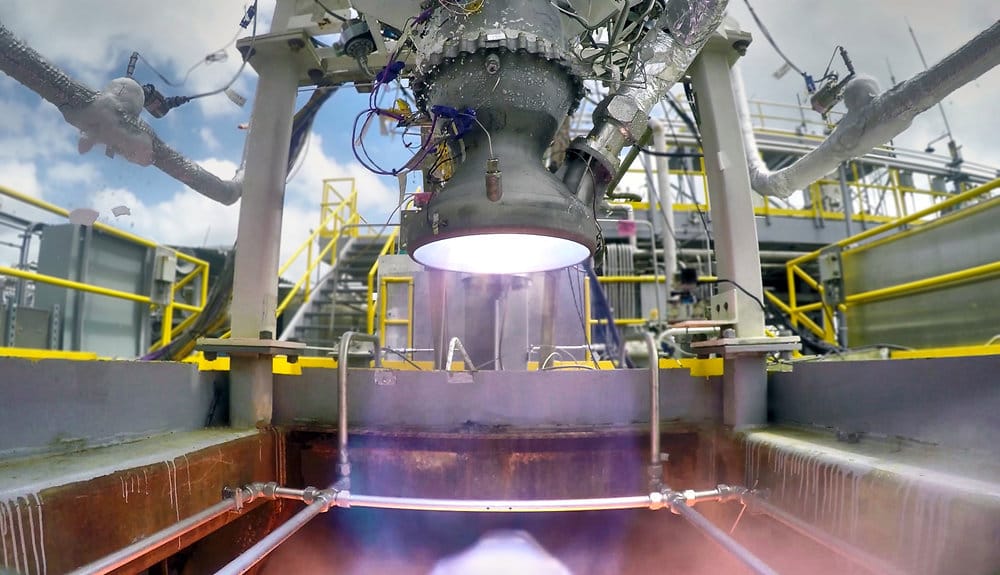
A new startup hopes to completely automate the building of rockets using 3D printing.
Relativity Space has developed their own 3D metal printing system and associated software to achieve this lofty goal, and so far it seems to be working. They claim they can dramatically reduce the time to launch by optimizing the development and prototyping phases, as shown in this diagram:
But what is their secret? It seems they are taking a grand view of the principal advantage of 3D printing: any geometry is possible.
I first encountered this phenomenon years ago when encountering the folks building the world’s first 3D printed car, the Urbee.
The designers explained that if you were 3D printing a side panel, for example, it would make sense to modify the design to include the necessary channels and attachments to apply cabling later. Doh! It’s obvious once you think about it.
This concept was taken much farther by NASA when they redesigned an engine, reducing the number of parts very significantly because they no longer had to worry about draft angle geometry for molding. They also discovered that the resulting engine was much lighter because it required fewer bolts and lugs to hold many pieces together. And fewer parts means higher reliability too.
But that was just an engine.
It seems that Relativity Space has taken these concepts to the ultimate goal: produce the ENTIRE rocket in this way. Print only what is necessary and include all features if possible in any part.
To do this they’ve developed their own proprietary 3D metal printing system, which seems to be robotic based. The very large machine is housed in a sealed chamber as above, but note the size of the person for scale. The system includes ways to deposit metal, but also mill the result to obtain precision finish and dimensions.

Their system can apparently 3D print objects as large as the tank on the left. But it can also 3D print whole engines in a minimum number of 3D printed parts. Below is an image of their Aeon engine system.

Yes, it fires, too.

The company seems to be leveraging materials technology as well, which makes sense given the challenging environment of rocketry. They say they have:
- Stronger alloys designed to take advantage of Stargate’s printing physics
- Highly reliable materials for printing rocket structures
- In-house metallurgy and material characterization lab
Will they be successful? It’s not yet clear, as this is most certainly a risky and difficult mission. Nevertheless, they are backed by significant investors, including Mark Cuban, Y Combinator and others, who are obviously confident Relativity Space’s concept will succeed.
If they do, my hope is that their new manufacturing concept could be extended to other industries for similar advantages. There are many industries where product development takes literally years. What if that could be months instead? Let’s find out.
Via Relativity Space

